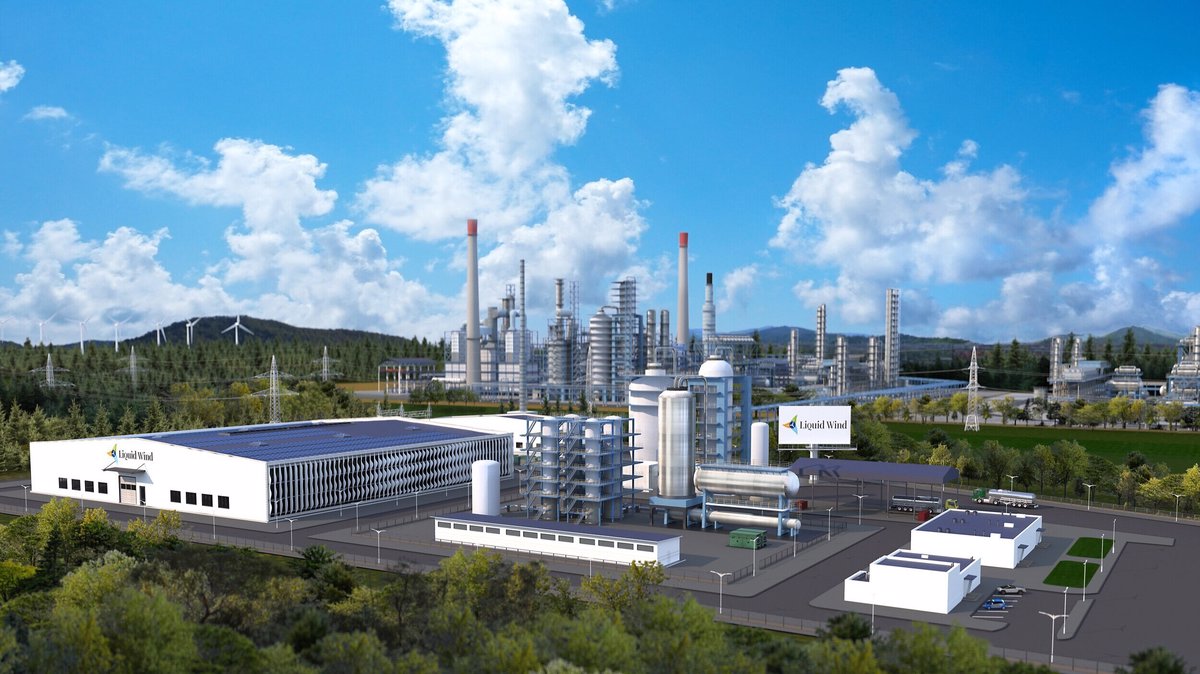The Week in Alt Fuels: So much to do, so little time
The IMO is developing greenhouse gas (GHG) regulations, but a lot of work still needs to be done in little time.
 PHOTO: Model of Orsted's upcoming 50,000 mt/year e-methanol plant in Sweden. Orsted
PHOTO: Model of Orsted's upcoming 50,000 mt/year e-methanol plant in Sweden. Orsted
The IMO’s Marine Environment Protection Committee (MEPC) made a draft outline of a “net-zero framework” at its 81st session last week. It was seen as a waypoint to develop measures to meet upcoming GHG reduction targets. The IMO expects mid-term measures to be adopted by 2025 and implemented by 2027.
The global shipping community has backed IMO's 2025 timeline to adopt technical and economic measures and urged the shipping regulator to strictly adhere to it. The IMO’s net-zero framework “is a first important step – but still a lot remains to do,” Mærsk Mc-Kinney Møller Center for Zero Carbon Shipping said. “Bridging the gap between different country positions will demand a lot of efforts within a very limited amount of time.”
Some companies are taking steps to ensure that they are prepared by the time the regulator begins implementing mid-term measures.
The Dutch geo-data company Fugro will retrofit one of its vessels with two methanol-fuelled engines by the second half of this year. Swedish shipping firm Terntank ordered a dual-fuel methanol tanker from China's Merchants Jinling Shipyard for delivery by 2027. The 15,000-dwt vessel will also be equipped with wind sails and a hybrid-battery system.
Danish renewable energy giant Ørsted is building an e-methanol plants to supply ships. Ørsted plans to build a 300,000 mt/year e-methanol plant along the US Gulf Coast. The company will build wind and solar energy plants in Texas to power electrolysers for green hydrogen feedstock. Biogenic CO2 will be captured at an industrial facility. Fuel produced at its facility will cut CO2 emissions by over 90% compared to conventional marine fuels on a well-to-wake basis, Ørsted claims. Ørsted has not announced when production will begin at this plant.
Yara Clean Ammonia and Azane Fuel Solutions received a safety approval from the Norwegian Directorate for Civil Protection (DSB) to build an ammonia bunkering terminal in Norway. “The permit marks a significant milestone for enabling ammonia as a safe and low emission alternative to traditional shipping fuels,” Yara said. Azane plans to build 15 ammonia bunkering terminals across Scandinavia as part of an ammonia bunkering network. The permit will allow it to begin construction of the facilities, which are expected to be operational by 2025.
By Konica Bhatt
Please get in touch with comments or additional info to news@engine.online





